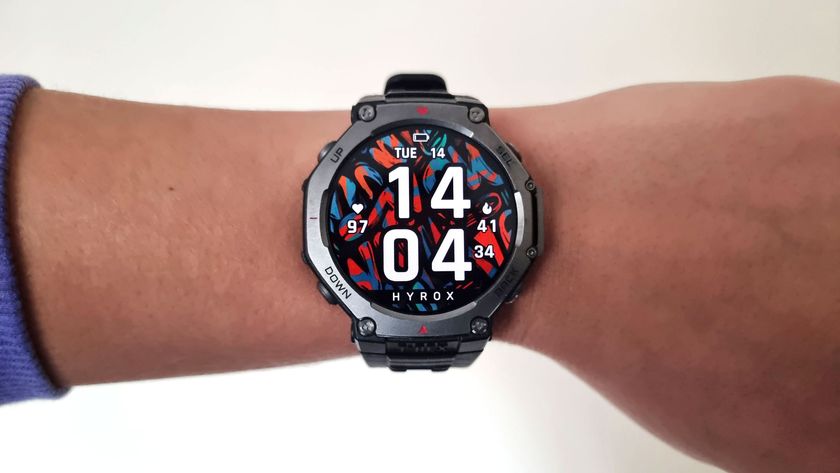How to get fit: science-backed tips for fitness success
We grilled an expert and combed through the science for realistic tips on how to get fit
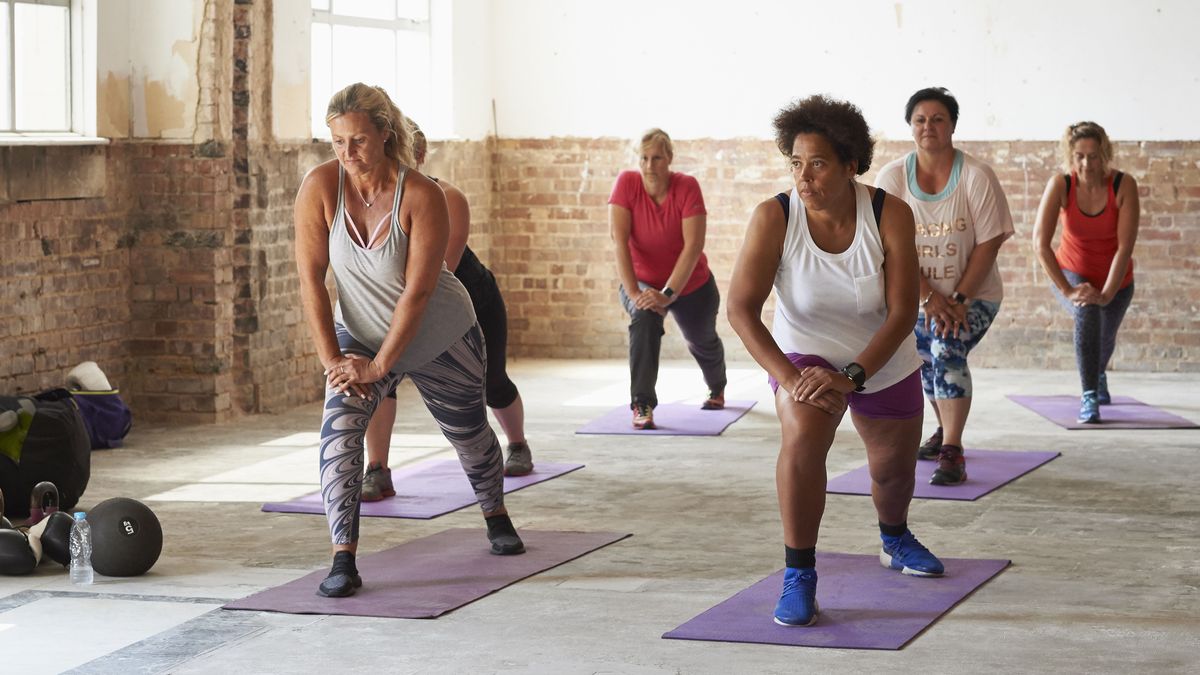
Want to know how to get fit? When it comes to exercise, the actual starting part often isn’t the problem – it’s finding a fitness regime that you enjoy and make part of your lifestyle.
US guidelines state that we should all be doing 150 minutes of moderate exercise or 75 minutes of vigorous exercise every week, as well as muscle-strengthening workouts twice a week. But only 23 percent of Americans are reaching this target, according to a report by the Centers for Disease Control and Prevention’s National Center for Health Statistics (NCHS).
We all know that exercise is important for overall health and wellbeing, but how do we keep moving when motivation slips, the weather’s bad or life gets in the way? Investing in one of the best exercise bikes, a home rower or treadmill is a good place to start, and read on to find out our expert-approved tips for how to get fit.
What are the different types of ‘fitness’?
There are three main types of fitness – aerobic, strength training and flexibility.
Aerobic fitness involves exercise that works and strengthens the lungs and heart. Aerobic simply means ‘with oxygen’ and this kind of activity (also referred to as ‘cardio’ or endurance) uses the cardiovascular system to supply oxygen and nutrients to your muscles as they work.
Sports and exercise scientist Paul Hough, a lecturer in sport and exercise science at Oxford Brookes University, says: “Any kind of workout that raises your heart rate and keeps it up for a certain period of time will improve your aerobic fitness.”

Paul is a BASES accredited Sport and Exercise Scientist who has extensive experience providing physiological testing and training programme support to world class athletes in several sports such as, athletics, tennis, football, cycling, and motor sport. He is a lecturer at Oxford Brookes University.
Strength training, like weight lifting or bodyweight moves like push ups, is another type of fitness. “This improves muscle mass, making it easier for the body to do its daily tasks, from lifting heavy grocery bags to getting out of a chair,” says Paul.
“Strength declines with age and when we lift weights we challenge the muscles, which are attached to bones. Exercise stimulates the muscles to grow and regenerates bone cells, so this type of training is important for bone strength, too.”
The third main type of fitness is flexibility — the ability to move joints and muscles through their full range of motion. This is important for mobility and reduced risk of injury, especially as we age.
“When we exercise, our muscles are shortened and afterwards we need to stretch them so they return back to their normal state. Stretching also reduces the impact of Delayed Onset Muscle Soreness (DOMS) – that stiffness and achy feeling we often have a day or two after a workout,” says Paul.
- Related: What is DOMS?
“Reaching a balance between the three main types of fitness is important because they all affect each other and contribute to overall health and wellbeing.”
What are proven ways to improve in these areas?
“Having a regular exercise program is the key to improving fitness, but the main thing is to choose an activity you enjoy, as that way you are more likely to stick at it and fit it into your lifestyle,” says Paul.
“Being consistent is also key – and moving little and often is better than nothing,” says Paul. Plus, regular movement can reduce your risk of heart disease, stroke and some cancers, strengthen bones and muscles and improve your ability to do everyday tasks, according to the CDC.
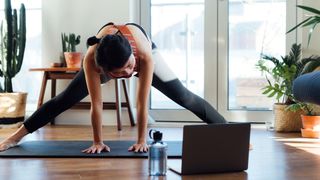
A study in the International Journal of Physiology, Pathophysiology and Pharmacology found that listening to music while exercising improves performance and reduces the perceived exertion (how hard it feels). Specifically music that is synchronized with your exercise is shown to have physical and psychological effects. If you plug into a pair of the best running headphones, you could find yourself hitting a better speed.
When it comes to goal setting, this can be helpful in terms of improving fitness, says Paul, as long as the goals aren’t too ambitious.
“If you want to do a 5K run, that can be good for getting you into regular training, but setting yourself lots of goals can actually be demotivating if and when you don’t achieve them,” he says. “I prefer to set mini goals, which are more achievable.”
Exercising in a group setting can also help improve fitness levels, says Paul, because it increases the level of the feel-good endorphin hormones released during exercise – plus it makes the workout seem easier than it actually is.
A small study by Oxford University's Institute of Cognitive and Evolutionary Anthropology backed this up, and found that those who trained alone withstood less pain – a key measure of endorphins – than those who exercised together.
We'd also recommend picking up one of the best budget fitness trackers, to monitor your progress. It can be hugely motivating to see your run times improving.
How long will it take to ‘get fit’?
So how long will it take to “get fit”? This depends on frequency (how often), volume (how much) and intensity (how hard) of your training, as well as having significant recovery between training periods.
“If you’re new to exercise you will probably see changes relatively quickly, in as little as two weeks even, as you will have gone from little physical stress to more noticeable stress on the body and it will adapt quickly, particularly if you’re doing strength training,” says Paul, who is co-author of the book Advanced Personal Training: Science to Practice.
“You might find you can lift heavier weights quicker as you get more efficient at co-ordinating the muscles to do the lifting movement. You will certainly notice an improvement in how you feel and exercise should feel easier because of physiological changes in the body.
“Within four to six weeks you should notice more physical changes such as muscle tone and definition, and in three months you can make some serious impact on your fitness levels.
“The key is consistency and finding a fitness program that you can stick to and maintain, that fits into your lifestyle and most importantly is something you enjoy doing. Rest or recovery days are crucial too in order to allow the muscles time to repair and grow.”
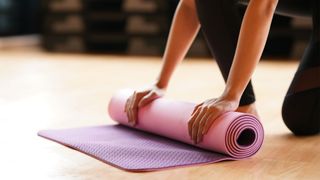
Strength training and flexibility are often overlooked when it comes to fitness, says Paul. “Some people put off strength training as they don’t want to bulk up or look too muscly, but this isn’t the case.
“When it comes to flexibility, without stretching, tendons, ligaments and muscles will shorten, causing damage over time. If a certain muscle group is injured, weak or tight, the body will then rely on other muscles to help with that movement, and if this carries on for a prolonged period, they will also become injured.”
For example, if someone is reaching down to pick up grocery bags but isn’t strong enough in their abs, arms and legs, the back will come into play. If the movement can’t come from where it needs to come from, it’ll come from somewhere else.
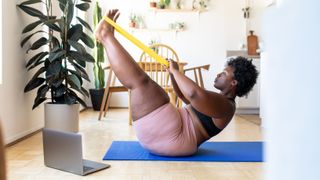
“Stretching can help keep muscles elastic, decrease joint pain and stress and improve balance, stability and posture. It’s never too late to increase flexibility, it just takes regular practice,” says Paul.
One way to build flexibility into your fitness program is to try doing two minutes of stretching a day, when you’re watching TV or while you’re waiting for the coffee machine to finish brewing.
“If you regularly stretch, you won’t lose range of movement, which is particularly important as we age. You can do a quick hamstring stretch on each leg while the coffee machine is on. Integrate into daily life and make it a habit,” he says.
“When it comes to getting fit, start small,” adds Paul. “Often people quit exercising because they set really lofty goals and targets. Establish consistency, even if that means a certain amount of steps in a day, and then build up gradually to do more training sessions.
“It’s also important to have rest days or ‘active recovery’, like going for a walk. If you’re serious around improving fitness then have some sort of benchmark test to see progress. This can be something as simple as timing yourself doing a walk somewhere, then in three weeks time do it again and see how long it takes.”
Sign up for the Live Science daily newsletter now
Get the world’s most fascinating discoveries delivered straight to your inbox.

Maddy Biddulph is a freelance health and fitness journalist with over 26 years of experience working for consumer media in the US and UK. As a Level 3 personal trainer and weight loss advisor she is used to trying out and reviewing the latest health and fitness products. At Maddy Biddulph Personal Training, she runs one-to-one and small group sessions, as well as group exercise classes. She specializes in mobility work with seniors and runs regular chair workouts in her hometown of Oxford.
